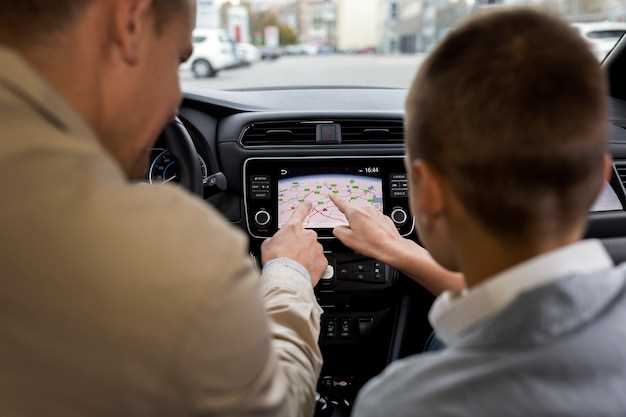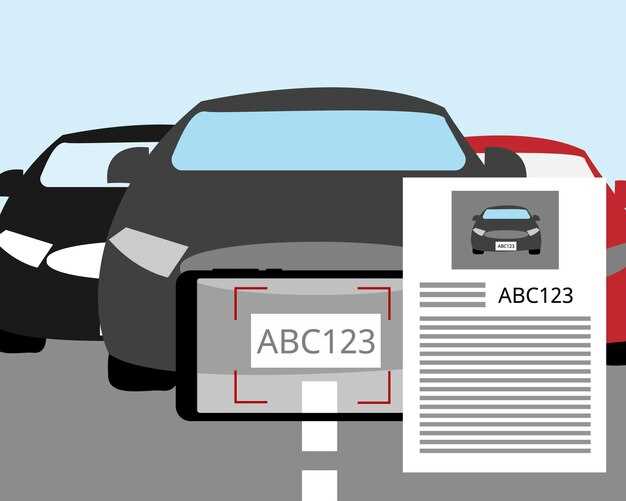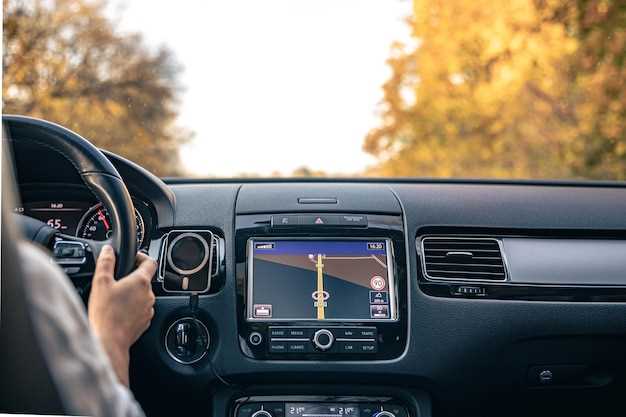
Blind Spot Monitoring (BSM) systems have become a crucial safety feature in modern vehicles, including the renowned lineup of Toyota cars. This technology plays an essential role in enhancing driver awareness by detecting vehicles that may not be visible in traditional mirrors, thereby addressing the common issue of blind spots on the road.
The blind spot represents areas around a vehicle that are difficult for the driver to see, often leading to risky maneuvers during lane changes or merges. With the implementation of BSM, Toyota vehicles are equipped with sensors that monitor these blind zones, alerting drivers to the presence of other vehicles that could pose a danger. This ability to detect objects in blind spots reduces the likelihood of accidents and promotes safer driving habits.
By utilizing advanced radar or camera systems, Toyota’s Blind Spot Monitoring not only provides audible and visual alerts but also integrates with other safety features, enhancing the overall driving experience. Understanding how this technology functions and the benefits it offers can empower drivers to navigate the roads with increased confidence.
How Blind Spot Sensors Work in Toyota Cars

Blind spot sensors in Toyota vehicles utilize advanced radar and camera technologies to detect vehicles that may not be visible to the driver. These sensors are strategically positioned on the sides of the car, usually near the rearview mirrors, to monitor the area adjacent to and behind the vehicle.
When a vehicle enters the designated blind spot, the system activates a visual alert, typically illuminated in the corresponding side mirror. This provides the driver with immediate feedback regarding the presence of another vehicle, enhancing safety during lane changes or merges.
The sensors continuously scan the blind spots as long as the vehicle is in motion. If the driver initiates a turn signal while a vehicle is detected in the blind spot, an additional audible alert may sound, further cautioning the driver against making a potentially unsafe maneuver.
Many Toyota models also feature integrated systems that combine blind spot monitoring with rear cross traffic alerts. This added functionality helps detect oncoming traffic when reversing out of parking spaces, providing an extra layer of protection in everyday driving situations.
Overall, the blind spot sensor system in Toyota cars plays a crucial role in improving road safety, allowing drivers to remain more aware of their surroundings and reducing the likelihood of collisions. By leveraging cutting-edge technology, Toyota enhances the driving experience and promotes safer highways for everyone.
Common Issues with Blind Spot Monitoring Systems

Blind Spot Monitoring (BSM) systems are designed to enhance driver safety by detecting vehicles in adjacent lanes that may not be visible in the side mirrors. However, like any technology, these systems can experience issues that may hinder their effectiveness. Understanding these common problems can help Toyota vehicle owners address them promptly.
1. Sensor Misalignment: One of the frequent issues with BSM systems is sensor misalignment. The sensors responsible for detecting objects in blind spots are typically mounted on the rear corners of the vehicle. If these sensors become misaligned due to minor collisions or adjustments, their ability to accurately detect vehicles can be compromised. Regular inspections can help ensure that sensors are properly positioned.
2. Debris and Obstruction: Another common problem is the accumulation of dirt, snow, or ice on the sensors. Obstructed sensors may fail to function correctly, leading to false warnings or a complete lack of alerts. Keeping the sensor areas clean and free from obstructions can mitigate this issue.
3. Calibration Needs: After significant repairs or replacements in the vicinity of the BSM system, recalibration may be necessary. If the system is not calibrated correctly, it can result in inaccurate detection. Ensuring that recalibration is performed by qualified personnel after any relevant work on the vehicle is crucial.
4. Interference from Other Signals: BSM systems can also be affected by electromagnetic interference from other electronic devices or nearby vehicles. This interference can lead to a diminished detection range or unreliable alerts. It is important to note that BSM systems perform optimally in environments with minimal electronic noise.
5. Software Glitches: Like many modern technologies, BSM systems rely on software to function properly. Occasionally, software glitches can occur, leading to erratic behavior such as false alerts or system failures. Keeping the vehicle’s software up to date through regular dealership visits can help prevent these issues.
By being aware of these common problems associated with blind spot monitoring systems, Toyota owners can take proactive steps to ensure their safety features remain functional and reliable.
Comparison of Blind Spot Monitoring Features Across Toyota Models
Toyota offers a range of vehicles equipped with Blind Spot Monitoring (BSM) systems, each designed to enhance driver safety by minimizing potential accidents during lane changes. The BSM functionality varies among different Toyota models, incorporating various sensors and features tailored to meet the needs of diverse drivers.
Below is a comparison of Blind Spot Monitoring features across several popular Toyota models:
- Toyota RAV4
- Uses radar sensors mounted in the rear bumper.
- Provides visual alerts in the side mirrors when a vehicle enters the blind spot.
- Includes Rear Cross-Traffic Alert to detect approaching vehicles while reversing.
- Toyota Camry
- Features advanced sensors for monitoring blind spots on both sides.
- Alerts are shown through illuminated indicators on the side mirrors.
- Integrates with the Lane Departure Alert system for added safety.
- Toyota Highlander
- Equipped with upgraded sensors that offer a wider detection range.
- Visual and audible alerts when a vehicle is detected in the blind spot.
- Rear Cross-Traffic Alert is standard, enhancing safety during backing maneuvers.
- Toyota Corolla
- Utilizes compact sensors for blind spot monitoring without taking up excessive space.
- Features multi-information display alerts for improved driver awareness.
- Available as an option in some trim levels, emphasizing affordability.
In summary, while all Toyota models aim to improve visibility and safety through effective blind spot monitoring systems, there are notable differences in sensor technology, alert types, and additional safety features. Understanding these variations can help potential buyers choose the model that best suits their driving needs.




